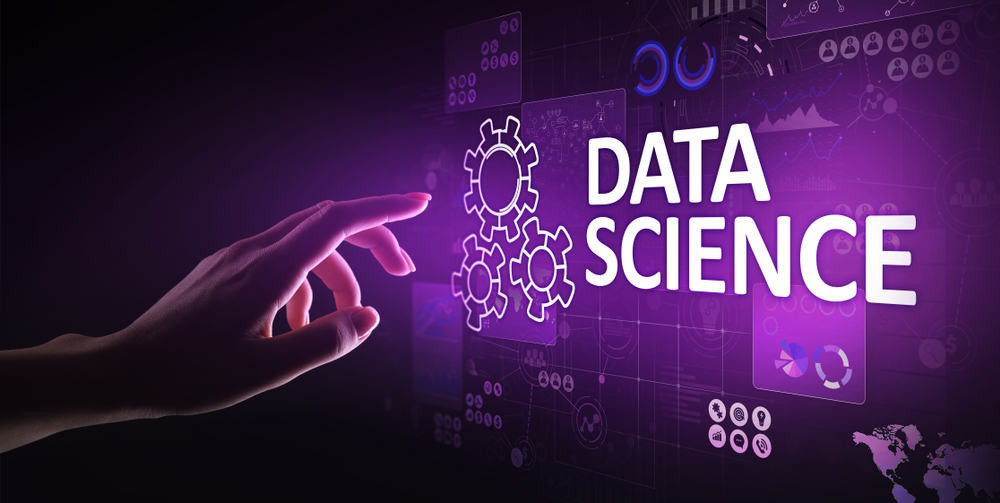Introduction
Time series forecasting is a crucial component of machine learning, and it is completely based on predicting the future. Since an in-depth study of uncertain events will happen, it is tough to handle and risky. It is also a less known field in data science. To put it in simple words, anything that is observed conclusively over a period of time is called a time- series. Many applications are happening in time series. A few of them are weather forecasting, stock prices fluctuating and business planning. Actual data may differ from predicted information which you can analyze only in the future. Hence careful considerations need to be taken in time series forecasting. Many Academy provides a business analyst certification if you want to earn a certificate in time series forecasting or any other course of your choosing.
What is time series forecasting?
Time series is a series of observations collected and analyzed over a period of time. Predictions are made for some new concept or data which may not be readily available at the moment. All the past series of events and trends are considered along with the new developments happening to make a reasonably well prediction with all the mitigating factors.
Time series forecasting aids in the development of mathematical models by analysis of datasets. These datasets share an explicit dependence on the time dimensions for varying observations. Time series analysis aids in better prediction by evaluating datasets by the analyst. Since it involves a lot of prediction, a great amount of time goes into the development and high-level expertise is required for the same as it is future-oriented. The success rate of this project cannot be estimated. A drawback that the time series approach is that it is limited by a time period. In profound situations for instance; stock price, monthly rainfall, annual google profits- it becomes challenging to come up with a number.
Time series forecasting methods
Certain factors need to be considered while selecting a reasonably well method for forecasting time series. These factors are internally hidden from the trend analysis and could be other than the normal pattern. Some of the time series forecasting methods are;
1. Simple Time Series Forecasting Methods- This method can deliver simple and accurate results.
2. Naïve Forecast- In this time series forecasting, importance is given to the recent observations.
3. Average- Average of the data collected is calculated.
4. Seasonal Naïve Method- Observations about seasonal variability are taken into consideration.
5. Regression-Based Time Forecasting- Regression models are used for time forecasting through observations and assumptions.
6. Smoothing Methods- Developments in this method is changed on a real-time basis for developing fine models.
7. Moving average- Averages of observations of a particular period are calculated.
8. Exponential smoothing- It is a weighted average method of all the data with more weight assigned to the latest data.
Time series forecasting techniques
The broad techniques of time series forecasting as described as follows:
- Time series forecasting- In time series forecasting, models are developed based on the past data of future events. A statistical analysis of the past data is done for deriving a probable estimate of the future events. Past data which are already happened in the past are taken as the base, and outcomes are derived as the future is uncertain. In a nutshell, future prediction is based on actual past events.
- Time series analysis is more comprehensive as a mathematical model is developed for a given time series for finding an underlying cause. This process deciphers the data into constituents that can be used for better analysis. This is done for solving the underlying issues of the domain.
Time series forecasting algorithms
Different mathematical models are developed for forecasting. These models are developed through a set of instructions known as algorithms. Such time series forecasting models are developed in python and r.
1. Time series forecasting in python– Time series is mainly classified into 10 methods in forecasting python, namely;
- Autoregression (AR),
- Moving average,
- Autoregressive moving average (ARMA),
- Autoregressive Integrated Moving Average (ARIMA),
- Seasonal Autoregressive Integrated Moving-Average (SARIMA),
- Seasonal Autoregressive Integrated Moving- Average with Exogenous Regressors (SARIMAX),
- Vector Autoregression (VAR),
- Vector Autoregression Moving-Average (VARMA),
- Vector Autoregression Moving-Average with Exogenous Regressors (VARMAX) and,
- Holt Winter’s Exponential Smoothing (HWES).
2. Time series forecasting in r– There are mainly four methods. They are Naïve methods, Exponential Smoothing, BATS and TBATS and ARIMA/SARIMA models.
Conclusion
Time series analysis forecasting is widely used in many applications. This job also requires great analytical skills and expertise to get a reasonably well futuristic model as the future is uncertain.











